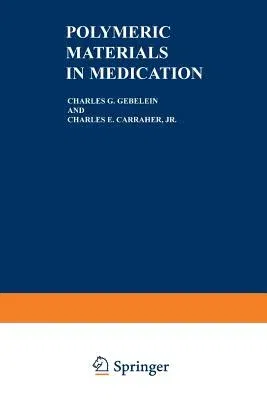The art of using chemical agents for medication dates back into
antiquity, although most of the earliest examples used plants, herbs,
and other natural materials. The old Egyptian medical papyri, which date
from before 1400 B. C., contain dozens of examples of such medicinal
plants and animal extracts. In the Old Testament of the Bible, we can
find references to using oil to soften the skin and sores (Isaiah 1:6),
the use of tree leaves for medicine (Ezekiel 47:12) and various medical
balms (Jeremiah 8:22). Not all these recipes were effective in curing
the ailments for which they were used and sometimes the treatment was
worse than the disease. Nevertheless, the art of using chemical derived
agents for medicines continued to develop and received great impetus
during the present century with the rise of synthetic organic chemistry.
One of the most vexing problems has always been to achieve specifici- ty
with the medications. While some medical agents do indeed possess a
relatively high degree of specificity, most agents are far more systemic
than would be desired. Much of the research efforts to correct this
deficiency has centered on modifying the chemical agents themselves.
Unfortunately, there are severe limitations in this approach since minor
modifications often drastically affect the therapeutic activity and can
even render the drug completely ineffective, or worse.


